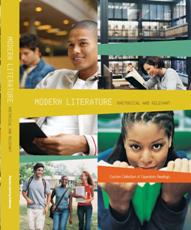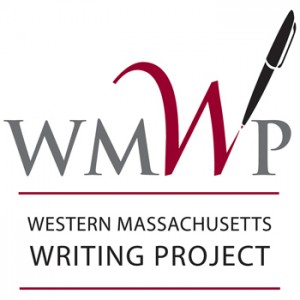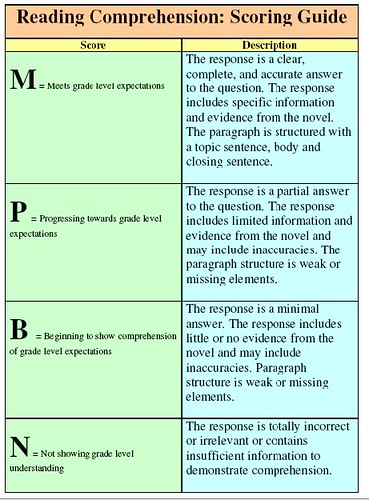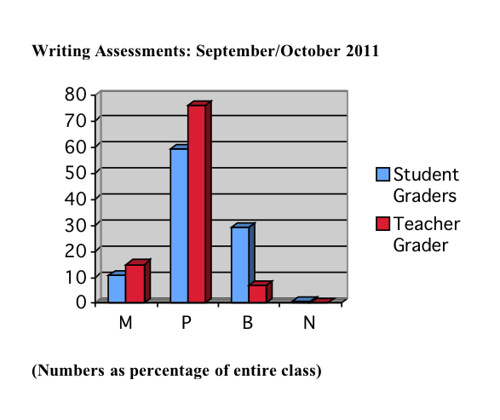
I still can’t believe it.
I opened up a package the other day and in it was a huge textbook, Modern Literature: Rhetorical and Relevant, and there, on page 505, is a graphic novel review that I did for The Graphic Classroom. The review is for the book After 911: America’s War on Terror, which I liked but found to have some shortcomings. What gets me is who else is in this textbook collection broken down into themes of social justice, identity, global issues and more. I am squished in this tome with some of my favorite writers, such as Billy Collins, Dave Barry, Annie Dillard, Gary Soto, Sandra Cisneros, Sherman Alexie, Marjane Satrapi and even Ray Bradbury.
Yikes!
To be honest, I almost turned down the request for the article because, eh, I wasn’t all that interested in being used by a huge publishing company trying to sell textbooks. But I wanted to get some good PR for my friend, Chris Wilson, at The Graphic Classroom, and I was able to work out a small financial deal from the company. At least, I told myself, I was getting paid for the writing gig.
If only I had known who else would be in the pages, I might not have resisted so much. (ha)
And then I was reading the foreword to the textbook (which I think is mostly targeted for California, but aren’t they all? Or Texas?), and I realize that one of the advisors behind the book is Kathleen Rowlands, who is the director of the Cal State University Northridge Writing Project. I am always happy to see writing project connections to any work I do. And I don’t even know her.
Finally, I started reading the textbook. I know. Who does that? Who reads a textbook unless you have to? But there is some fine stuff in there, and while I mentioned a list of famous folks, there is an entire collection of some incredibly powerful student writing, poems and stories that showcase some amazing talent. Plus, there are comics and other non-traditional texts. That made me happy, too, to know some high school student somewhere has a chance to explore many kinds of text.
I can’t say I would run out and buy the book (it probably costs an arm and a leg) if I weren’t in it, but I am quite happy to have it on my bookshelves, knowing my words are sitting comfortably close to some wonderful writers. I hope they don’t mind a little riff-raff in the neighborhood.
Peace (in the book),
Kevin
PS — a version of the review that I got published here is still over at The Graphic Classroom.







